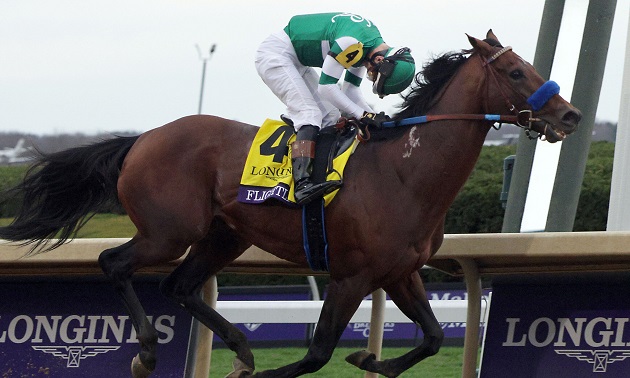Comparisons aren’t odious – as well-respected commentator Richard Hoiles suggested as Baaeed careered away from his rivals in the Juddmonte International. They hold an important part of understanding the true and accurate representation of racehorse merit. What is the point of holding a race at all, if we aren’t comparing the merits of each runner relative to the others?
Comparing generations remains a fundamental part of sporting folklore. Would Rocky Marciano have beaten Mike Tyson and was George Best a better number 7 than Cristiano Ronaldo? Those questions may never be answered satisfactorily, but horseracing has an advantage in enabling direct comparisons across generations through a ratings system that is monitored year-on-year (or should be) and kept consistent so that cross-generational comparisons can be made in meaningful and accurate fashion.
The levels allow for comparison between turf and dirt performances, too, so even if ratings cannot answer who would win between a Baaeed and a Flightline (because of so many other variables to take into account beyond merely ability), it is possible to make a comparison of their level of form through their relationship to their peers.
Flightline, a $1m yearling, had looked very promising since the very start of his career, winning his first two starts by an aggregate of 26 lengths, but it was on his third start that he gave the impression he might be capable of something extraordinary when he won the Grade 1 Malibu Stakes on December 26 last year by eleven and a half lengths, earning a Timeform rating of 133p.
This performance saw him top the Timeform Global Rankings for 2021, ahead of St Mark’s Basilica (132), Adayar and Mishriff (both 131). Rather surprisingly, the World Thoroughbred Rankings were rather underwhelmed, having him rated only joint-tenth.
Timeform continue to use race standards (which can be read about in greater detail here) and it was those, alongside a seemingly very high speedfigure, which contributed to taking such a high view of the Malibu Stakes. It was much the same when he won the Pacific Classic by nineteen and a quarter lengths early in September and his brilliance began to gain wider recognition.
The Pacific Classic took Flightline into new territory and his victory there earned a rating of 143 – the highest that Timeform have ever awarded to a North American-trained horse since they began covering racing more extensively in that jurisdiction in the early 1990s. Again, it was race standards and a very fast overall time that gave credence to rating the race so highly.
That brings us on to the Breeders’ Cup Classic, where his victory by eight and a quarter lengths is a record winning margin for the race and earned him a Timeform rating of 136. The bare form is rather held down by Olympiad and Taiba, very smart Grade 1 winners in their own right, but almost in a separate race having sat off the strong gallop set by the non-staying Life Is Good.
Running to very high ratings requires circumstances to allow the opportunity just as much as ability and the Pacific Classic was the one occasion where everything dropped right for Flightline to do so. While it’s no surprise that his career comes to an end after the Breeders’ Cup Classic, it does seem a shame that he will leave that wider public consciousness as quickly as he entered it after just six starts, with many people left questioning where he stands in the pecking order of equine greatness.
Timeform are happy to let others decide what constitutes true greatness and how important other attributes like versatility, consistency and longevity are alongside ability, but in terms of ratings, only Frankel (147), Sea-Bird (145), Brigadier Gerard and Tudor Minstrel (both 144) have ever been awarded higher end-of-year Timeform ratings.
As stated earlier, Timeform only began compiling US ratings in the 1990s, so it doesn’t have a published figure for Secretariat. In A Century of Champions, published by Timeform, but written by John Randall and Tony Morris, they rated Secretariat 144, Citation 142, Spectacular Bid and Seattle Slew 141 and Native Dancer and Affirmed 140 as the leading performers in America in the last century. US racing journalist Andy Beyer has been compiling speedfigures in America privately for over fifty years and publicly for over thirty and awarded Secretariat a retrospective rating of 139. His ratings are on a different scale to Timeform’s (and Randall and Morris) and, if translated to the Timeform scale, would put Secretariat on a figure in the low 150s.
As good as Flightline has looked and threatened to be, Big Red’s position at the top of the US tree seems safe for a while yet.






















.jpg)


 Url copied to clipboard.
Url copied to clipboard.

.jpg&w=300)
.jpg&w=300)
.jpg&w=300)
.jpg&w=300)
.jpg&w=300)






























